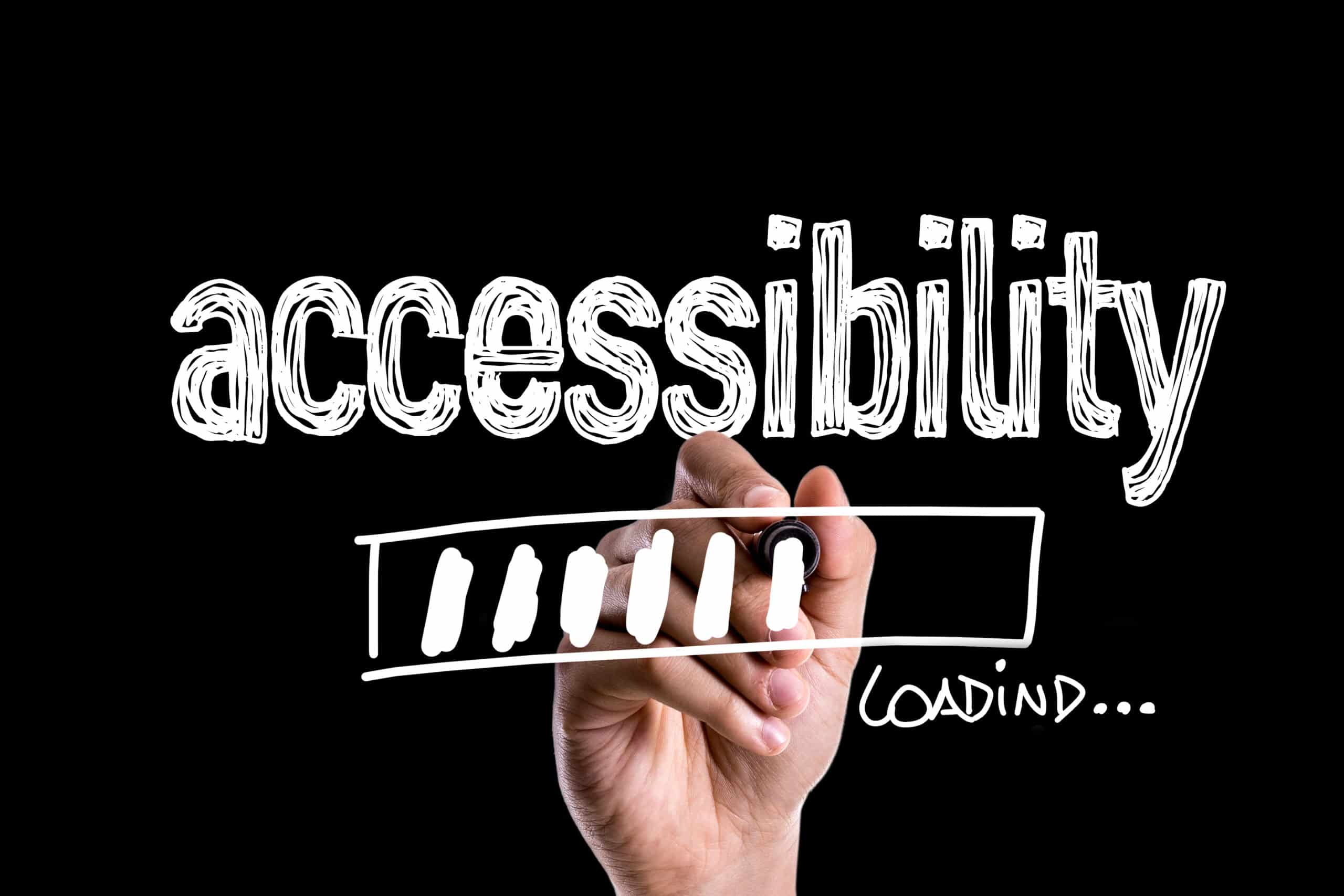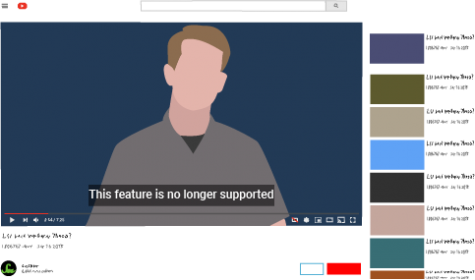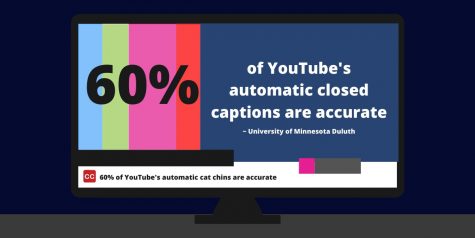There are many surprising examples of when people use video captions. Facebook has reported that…

Discrimination Against People with Disabilities: Guest Post by Emily Flamme
Removing crowdsourced closed captioning on YouTube exemplifies normalized ableism
YouTube is removing its crowdsourced closed captioning feature, limiting accessibility for viewers.

This decision is just one example of the numerous ways ableism is prevalent in American society.
People with disabilities are forced to live in a world that was not designed for them. The best demonstration of this is the definition of the word “disability.”
The Centers for Disease Control (CDC) defines a disability as “any condition of the body or mind that makes it more difficult for the person with the condition to do certain activities and interact with the world around them.”
Being disabled, according to how the CDC defines it, relies upon other people’s interactions with the disabled person.
For example, I am deaf in both ears, but my disability depends on how well people can interact with me. If I can’t hear someone well and I ask people to repeat themselves multiple times, the part that qualifies me as disabled is the fact that the person has to repeat themselves.
Regardless of whether or not I’m thinking about how I can’t hear that well, if I am able to have a full conversation with a person without any communication issues, I am not considered disabled.
I can struggle internally through an entire conversation, but because it didn’t outwardly affect anyone else, I would not be classified as having a disability. This exemplifies the ableism that is so deeply ingrained into society.
YouTube’s decision is a product of a society that focuses on their experiences with the disabled community, not on the community’s experiences.
Removing crowdsourced closed captioning may not sound like a huge issue, since there are still caption options available, but it severely reduces accessibility. Closed captions that community members put in were usually more helpful than the automatic captioning Google provided.
Automatic captions are about 60% accurate, which means one out of every three words can be wrong. Although the automatic captions are inaccurate, the community used to be able to put their own captions on videos, which were often how people with an auditory disability were able to understand YouTube videos.
YouTube has removed the feature since it is reportedly “underused,” with only 0.2% of videos having community-added captions.

While that may seem like a good decision on YouTube’s part, the complete removal of an accessibility feature further demonstrates how commonplace ableism is. It’s so normalized that even though the one opportunity disabled people had to fully understand videos on the platform was underused, instead of finding a way to either increase its use or offer a better solution, the feature is scrapped altogether.
This is a common theme in my and, I’m sure, many other disabled people’s lives. I’ve found that when something works for me, if it only works for me, people will stop doing it.
One time in high school, one of my teachers was playing a movie during class, and the captions were on already. About 10 minutes into the movie, a student asked why the captions were on and if the teacher could turn them off since they were “distracting.”
My teacher, who was aware I was deaf and used closed captioning asked the class if anyone wanted it on. I raised my hand but my teacher said “I’m sorry, you’re the only one,” and promptly turned them off.
“Majority rules” makes sense when you’re deciding where to eat, not when it comes to whether I get to understand a movie or not.
An issue that I notice often when it comes to accessibility is that it is inconvenient for able-bodied people. While I never want to be an inconvenience, I can’t help but think about how accessibility is only considered an inconvenience since society was built for able-bodied people.
If society had accurate captions on TVs, movies and videos all of the time, would anyone complain it is inconvenient? If society made all spaces wheelchair accessible, would people think it infringes on their space?
The answer is no.
As we progress forward in society, I can only hope it becomes more accessible and people stop thinking about us in terms of how we impact their day.
Article written by Emily Flamme, News Editor for The Quinnipiac Chronicle. Originally appeared in The Quinnipiac Chronicle.
cielo24 provides closed captioning for YouTube
cielo24 has a direct YouTube integration for all use cases.
Our Self Serve web app also allows you to add accurate, high-quality captions to YouTube videos in three easy steps:
- Copy and paste the URL of your desired YouTube video in the Self Serve file upload screen
- Select the desired accuracy and turnaround times, then place your order
- Retrieve your .SRT file and upload it to the corresponding YouTube video file
All new Self Serve users are given one free transcription and can then order more machine or human-verified captions and transcripts for less than a dollar per minute! Contact us online or call us at 1-855-243-5624.




